Let's take another look at this coolant reservoir:
The vent for the reservoir is just directly on top of the reservoir, at bumper level. Not only is this pretty low for a vent on a Jeep that may go in deep water, but it's quite exposed to rain water that runs down behind the bumper. The filtered cap will keep debris out, but water runs right through it (I tested!). I found this to be unacceptable, but easy to fix.
That's about 4 or 5 feet of 7/32" vacuum hose and a 1/8" male NPT to 1/4" hose adapter, from a local auto parts store. Just replace the filter cap on the reservoir with the hose fitting.
And run the vent hose along the same path as the coolant overflow hose:
No more worries about getting dirty water into the coolant system.
Follow this link to skip to the next post with installation details: http://jeeplab.com/showthread.php?13...ull=1#post3589
-------- UPDATE --------
New location for the coolant reservoir is much better:



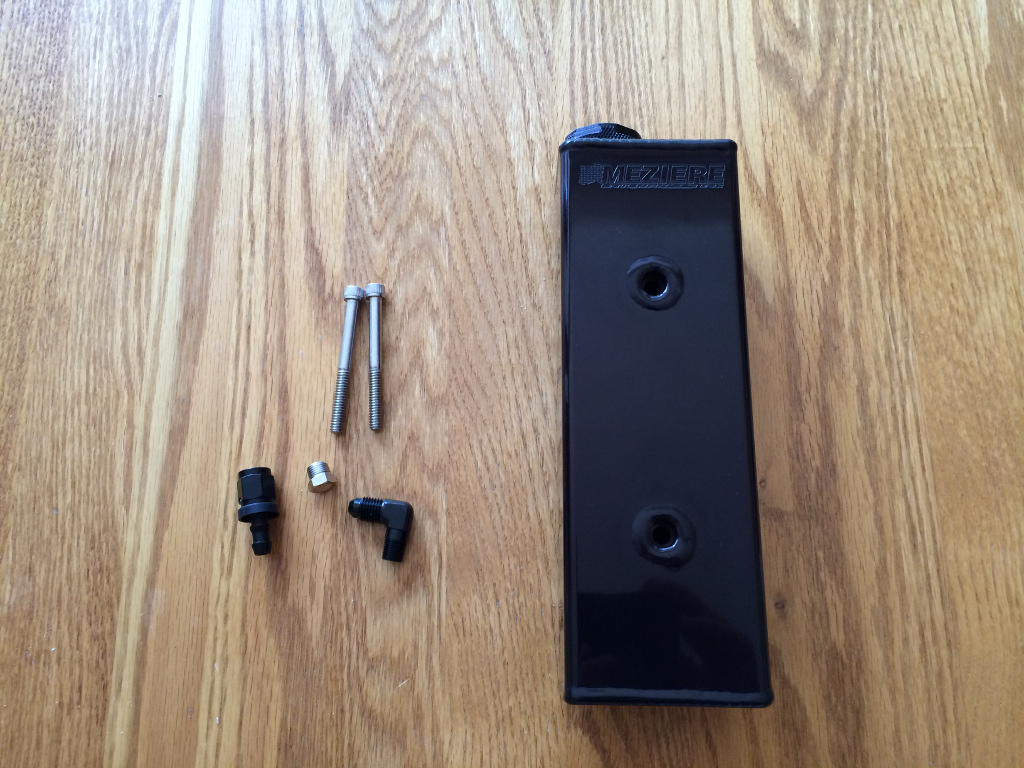




 Reply With Quote
Reply With Quote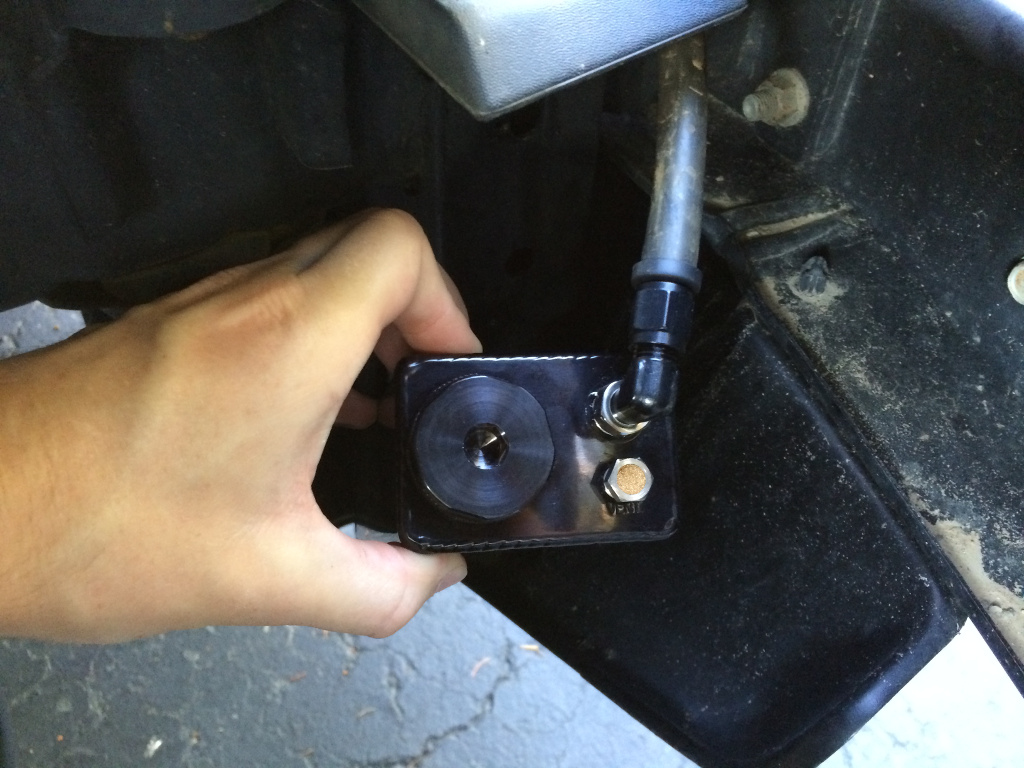
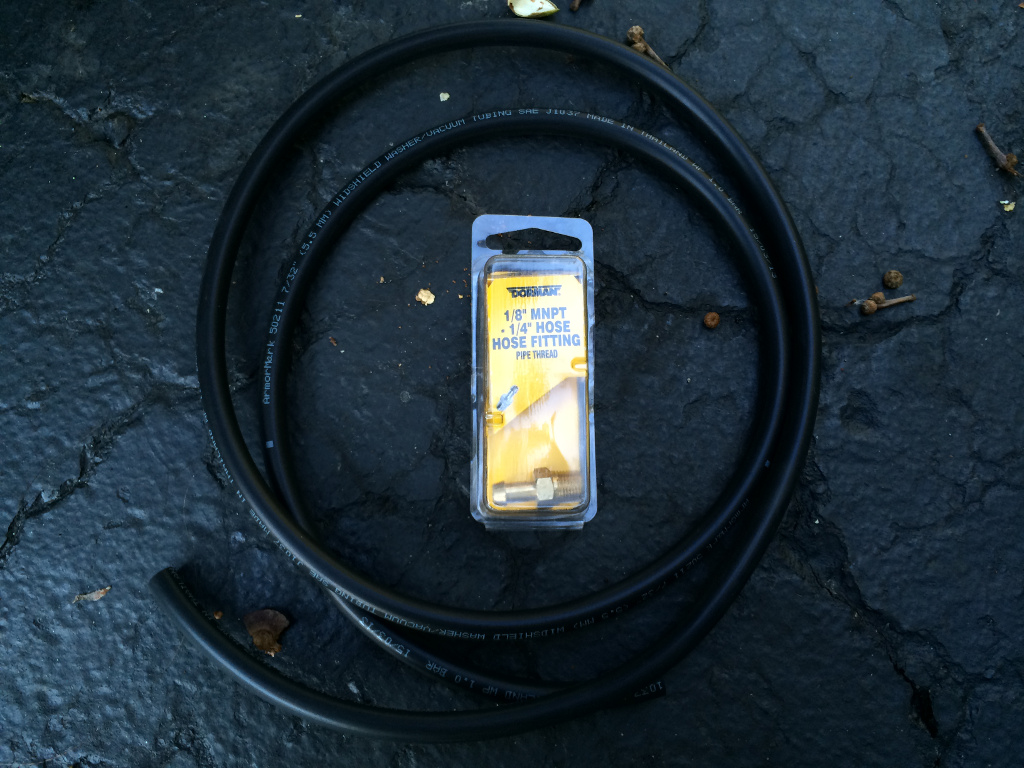


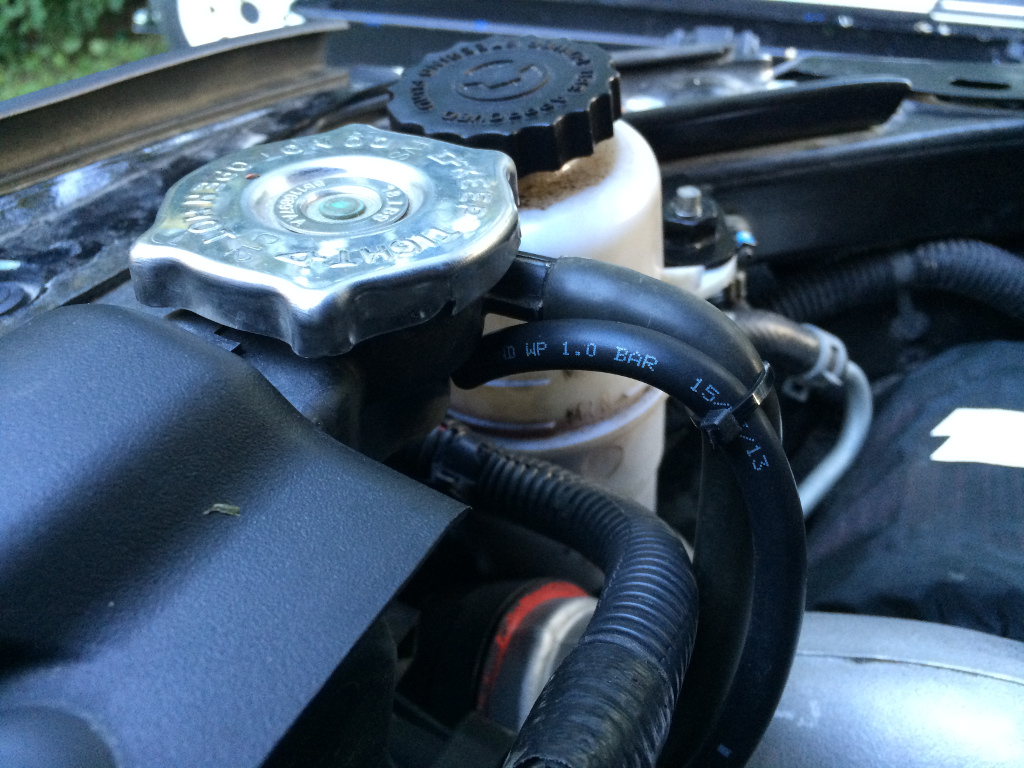



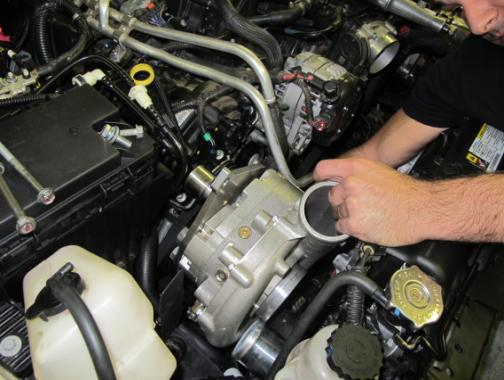
 . I will contact PD , i might done something wrong.
. I will contact PD , i might done something wrong.

Connect With Us